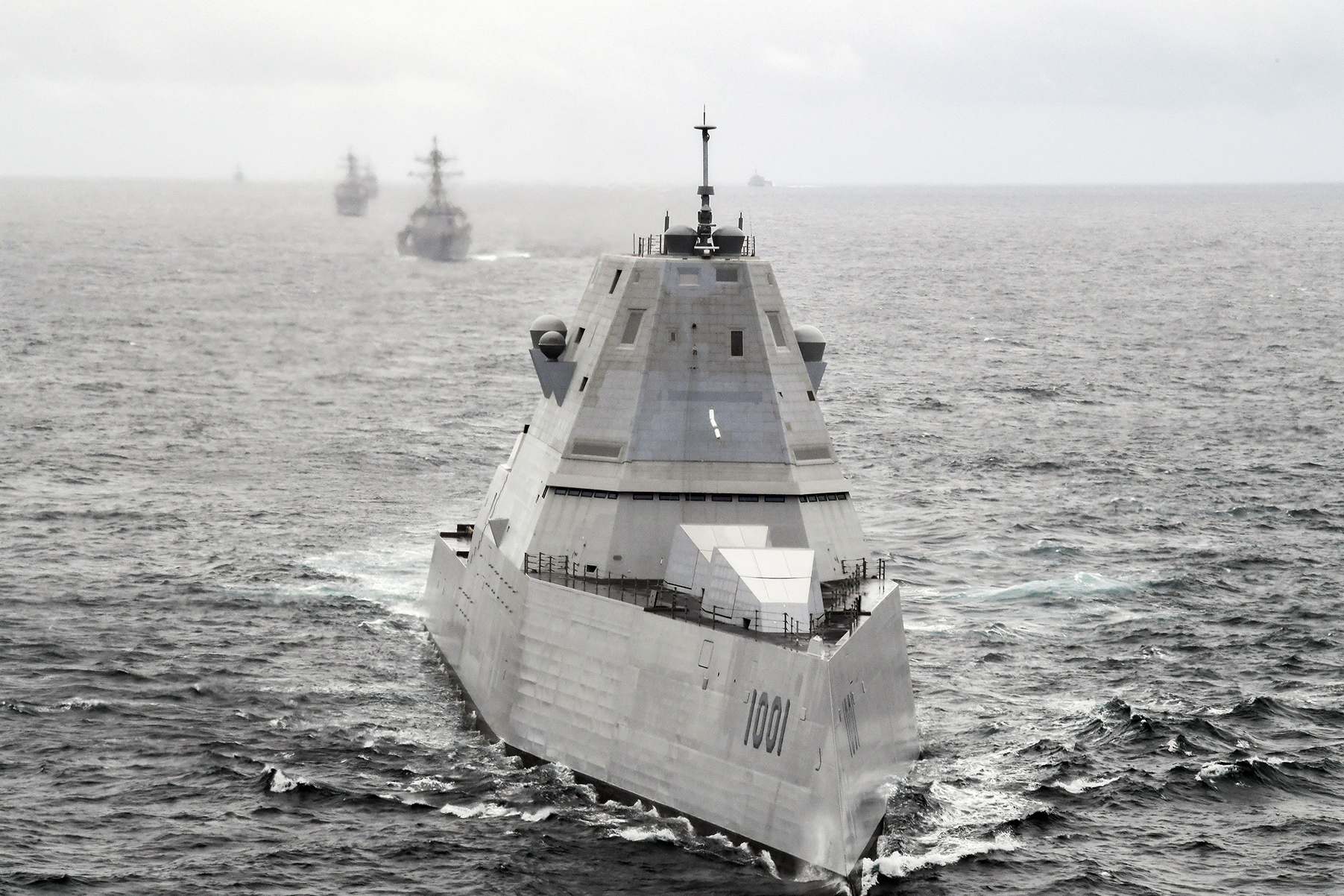
Navy Stands Up Next-Generation Destroyer Program Office, Construction Start Planned for FY 28
The Navy has stood up an office to craft the next major surface combatant after more than ten years of…
Copyright 2024 U.S. Naval Institute. All Rights Reserved.